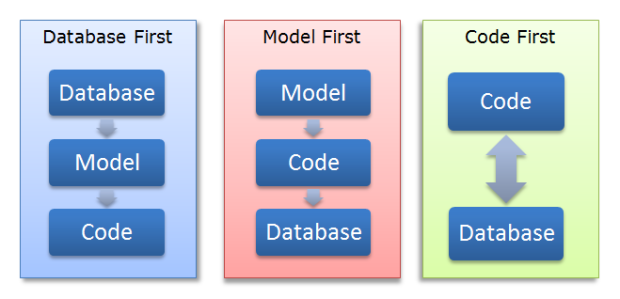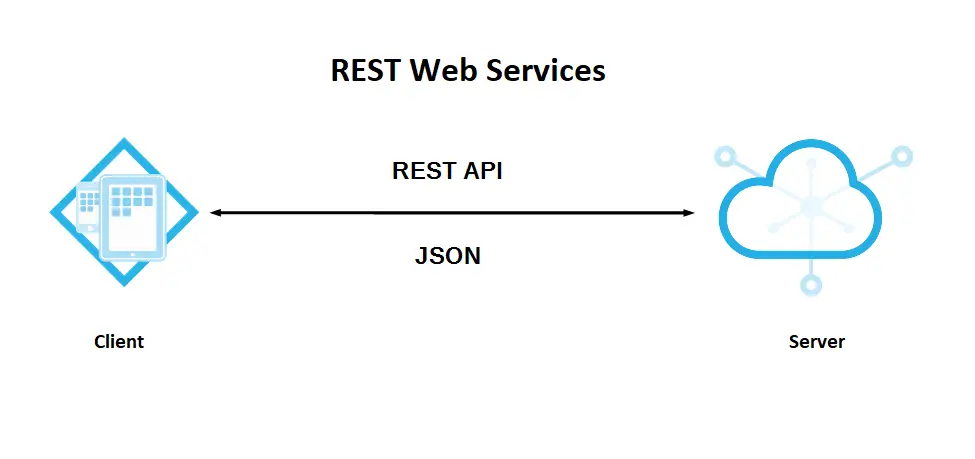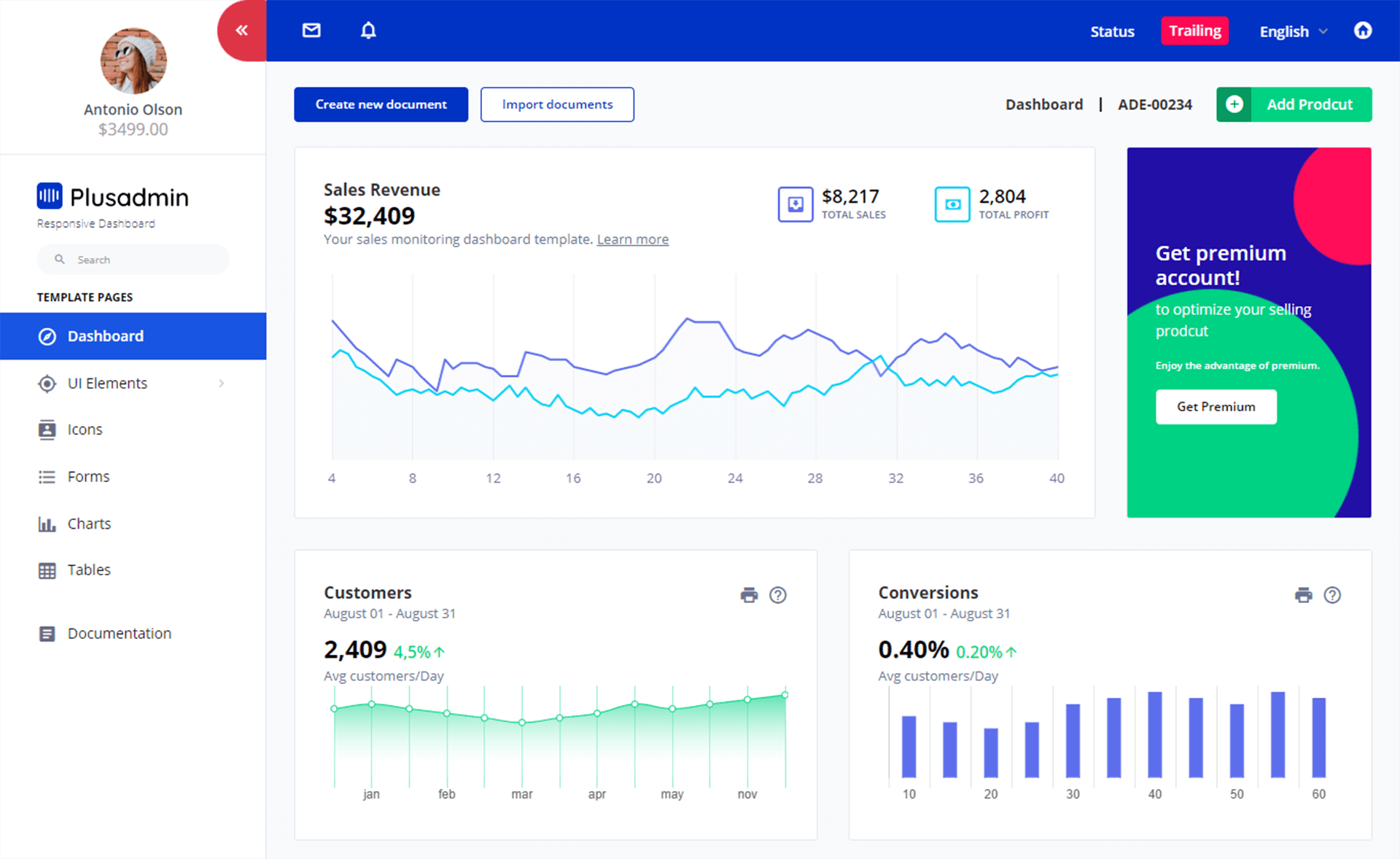internal vs protected in C#
By Tan Lee Published on Mar 05, 2025 292
The access modifiers public and private are straightforward: public means everything has access, while private restricts access solely to the class itself.
However, the internal and protected modifiers are a bit more complicated.
- Use
internalwhen you want to restrict access to only within the same assembly. - Use
protectedwhen you want to limit access to the class itself and its subclasses.
In simpler terms, internal makes something "private" to the assembly, while protected makes it "private" to the class and its subclasses.
Key Differences:
- Access Scope:
internal: Accessible within the same assembly.protected: Accessible within the class and its subclasses, even across different assemblies.
- Usage Context:
internalis ideal for limiting access within a single assembly or module.protectedis useful when you want to provide access to derived classes while keeping members hidden from external code.
For example:
// 'internal' example
public class Bird
{
internal void Fly()
{
Console.WriteLine("Bird is flying.");
}
}
// 'protected' example
public class Bird
{
protected void Fly()
{
Console.WriteLine("Bird is flying.");
}
}
public class Sparrow : Bird
{
public void TestFly()
{
// Can access protected method in derived class
Fly();
}
}In the internal example, the Fly() method is only accessible within the same assembly. In the protected example, Fly() is accessible in the Sparrow subclass, even though Sparrow could be in a different assembly.
Categories
Popular Posts
Structured Data using FoxLearn.JsonLd
Jun 20, 2025
Implement security headers for an ASP.NET Core
Jun 24, 2025
What Are RESTful Web Services?
Feb 19, 2024
Plus Admin Dashboard Template
Nov 18, 2024





